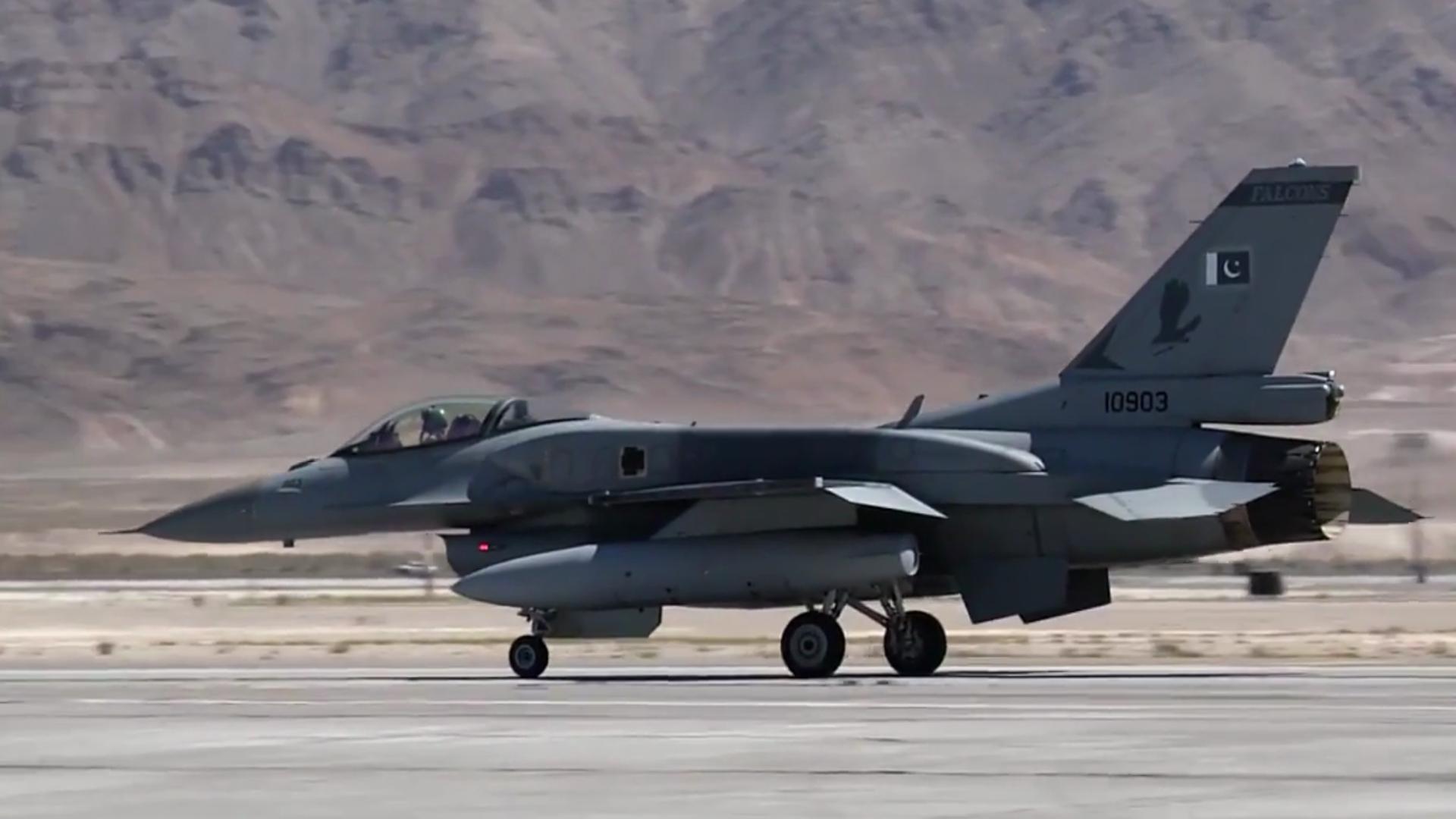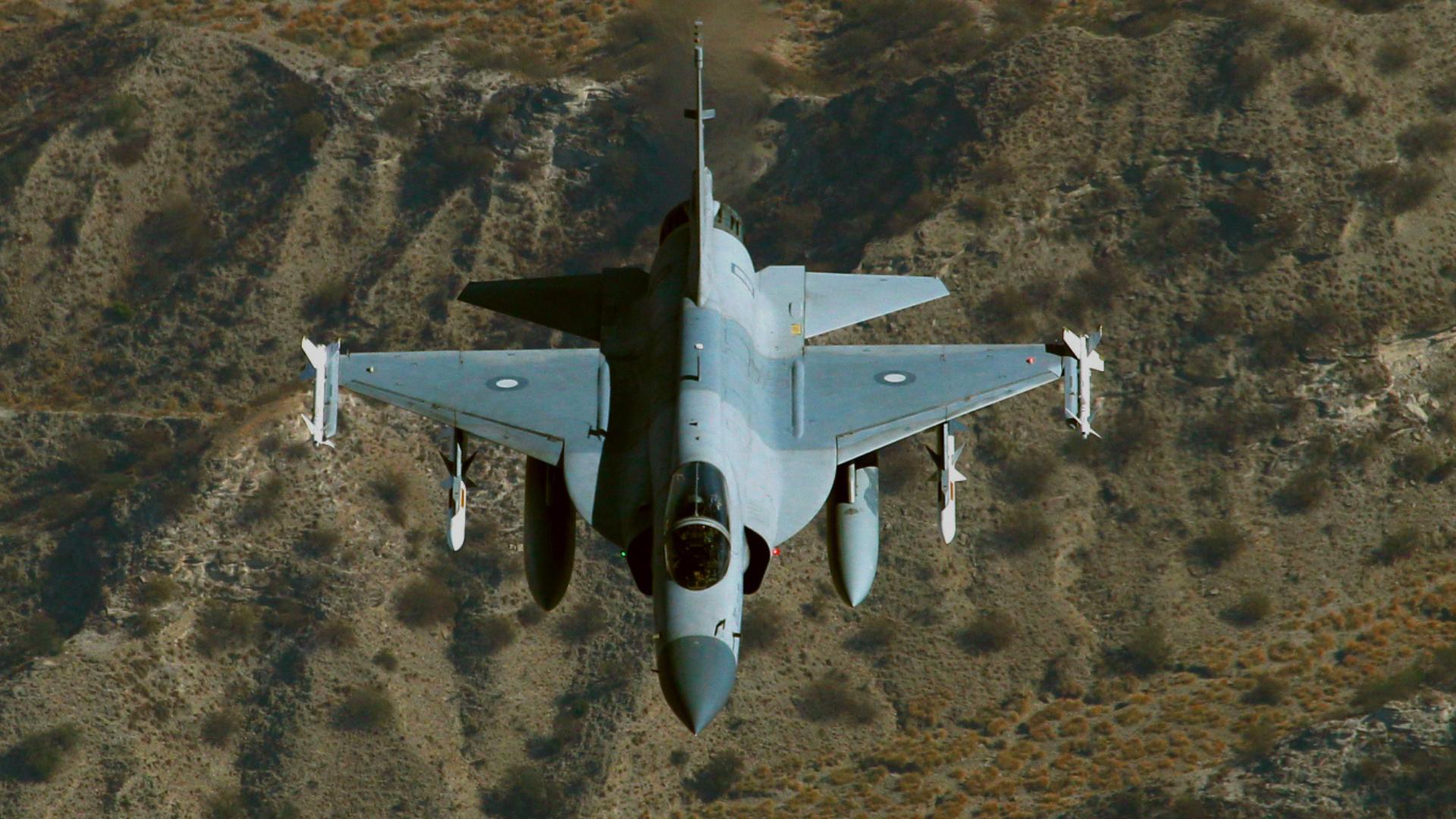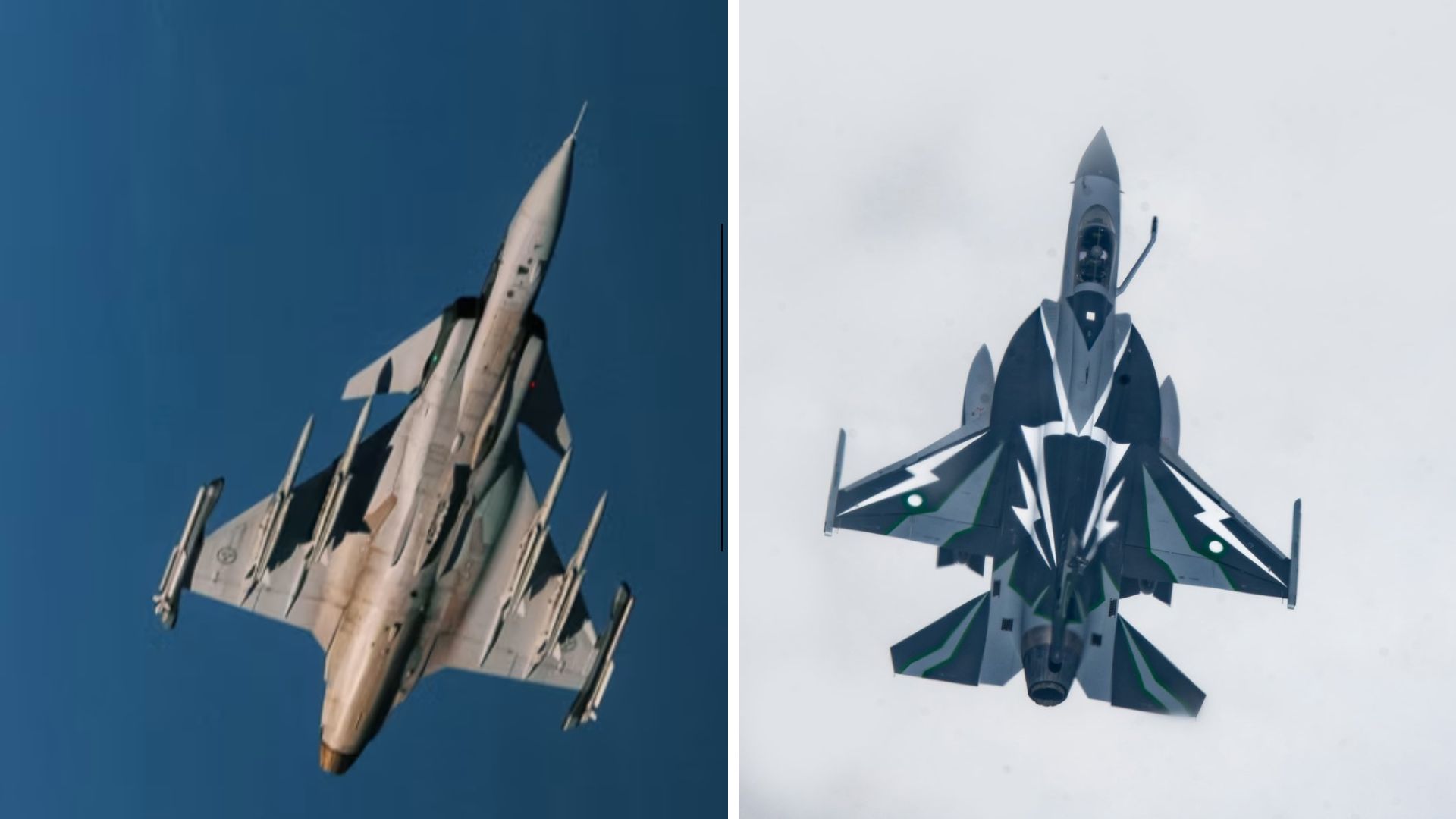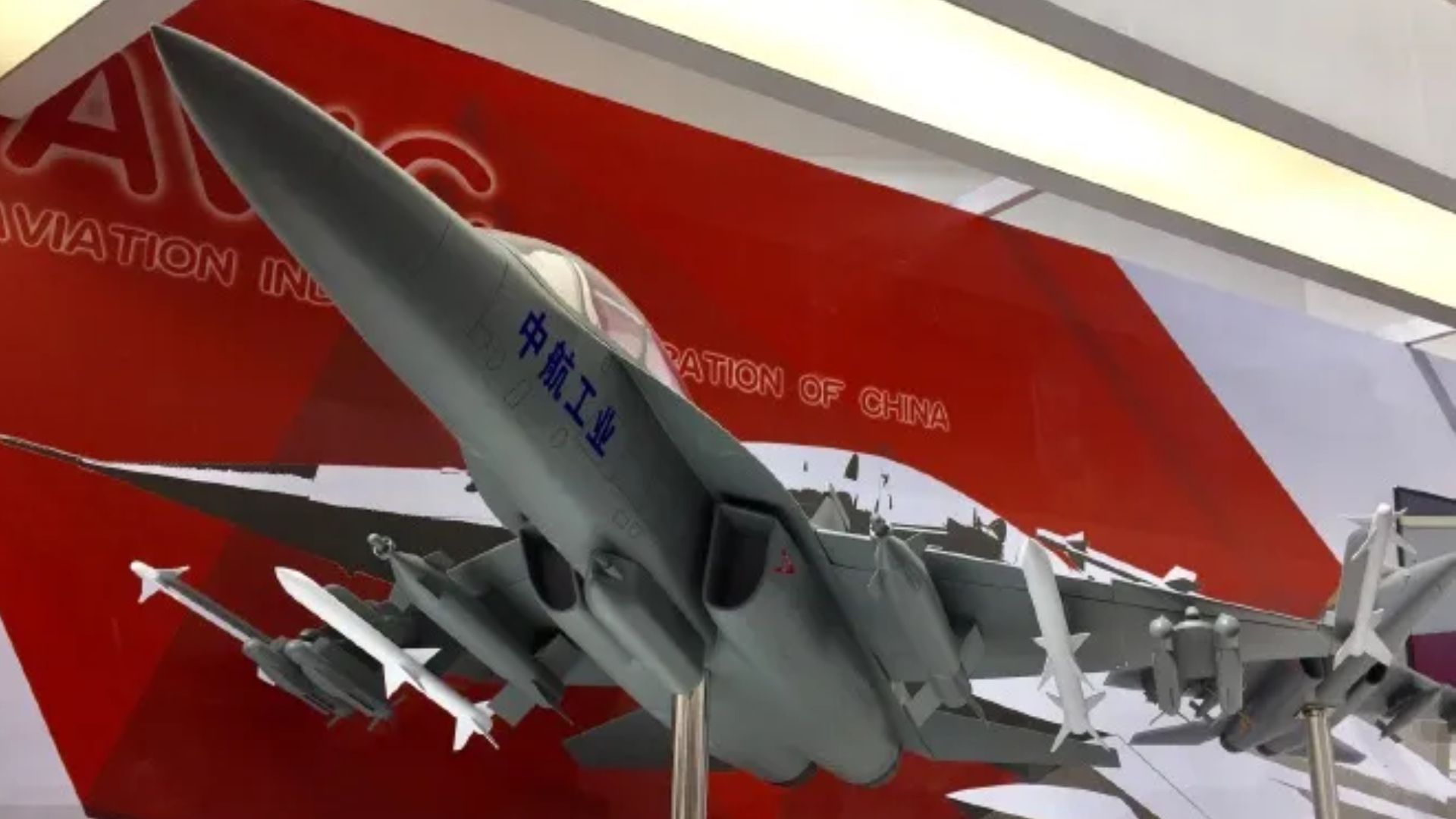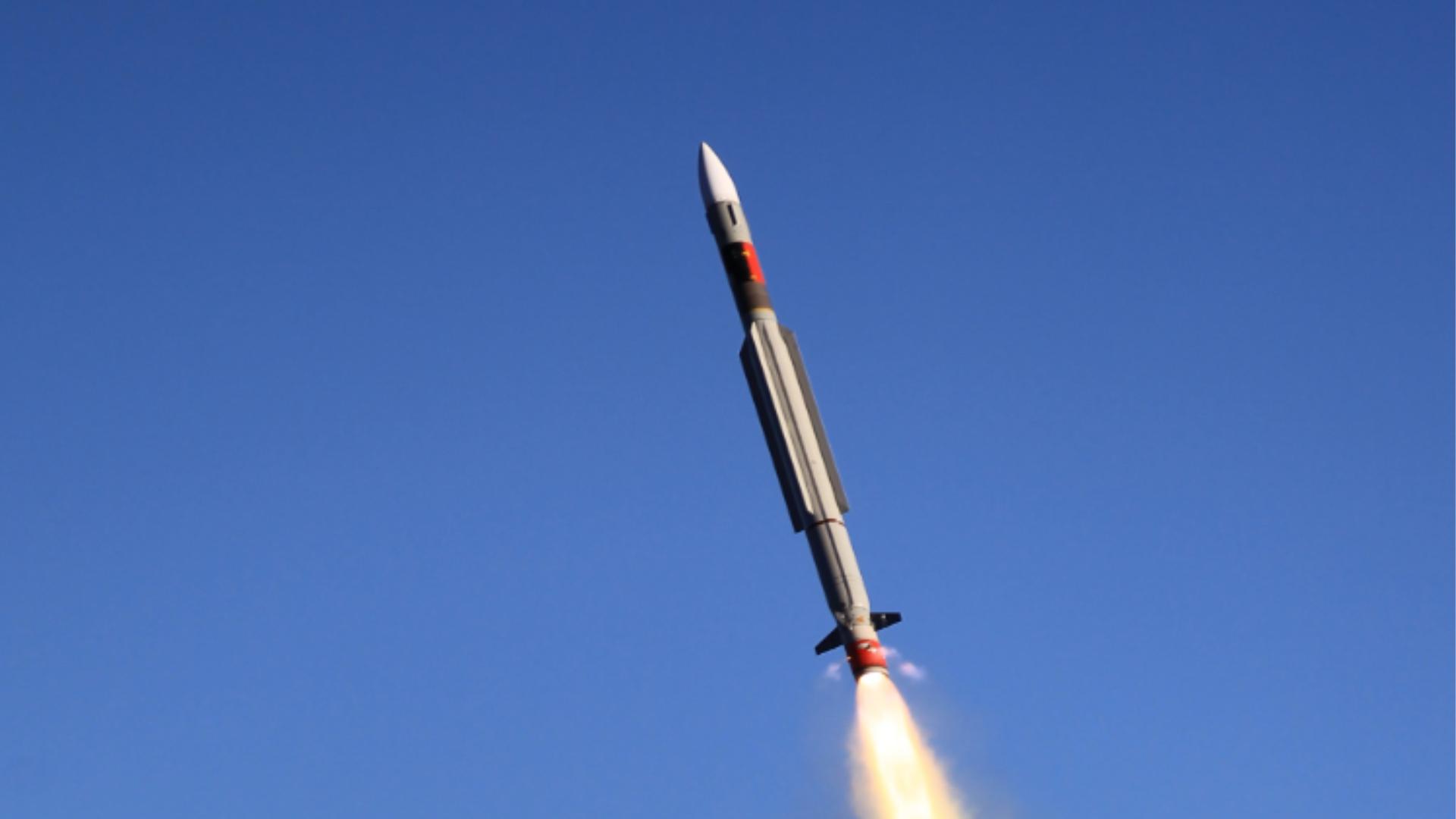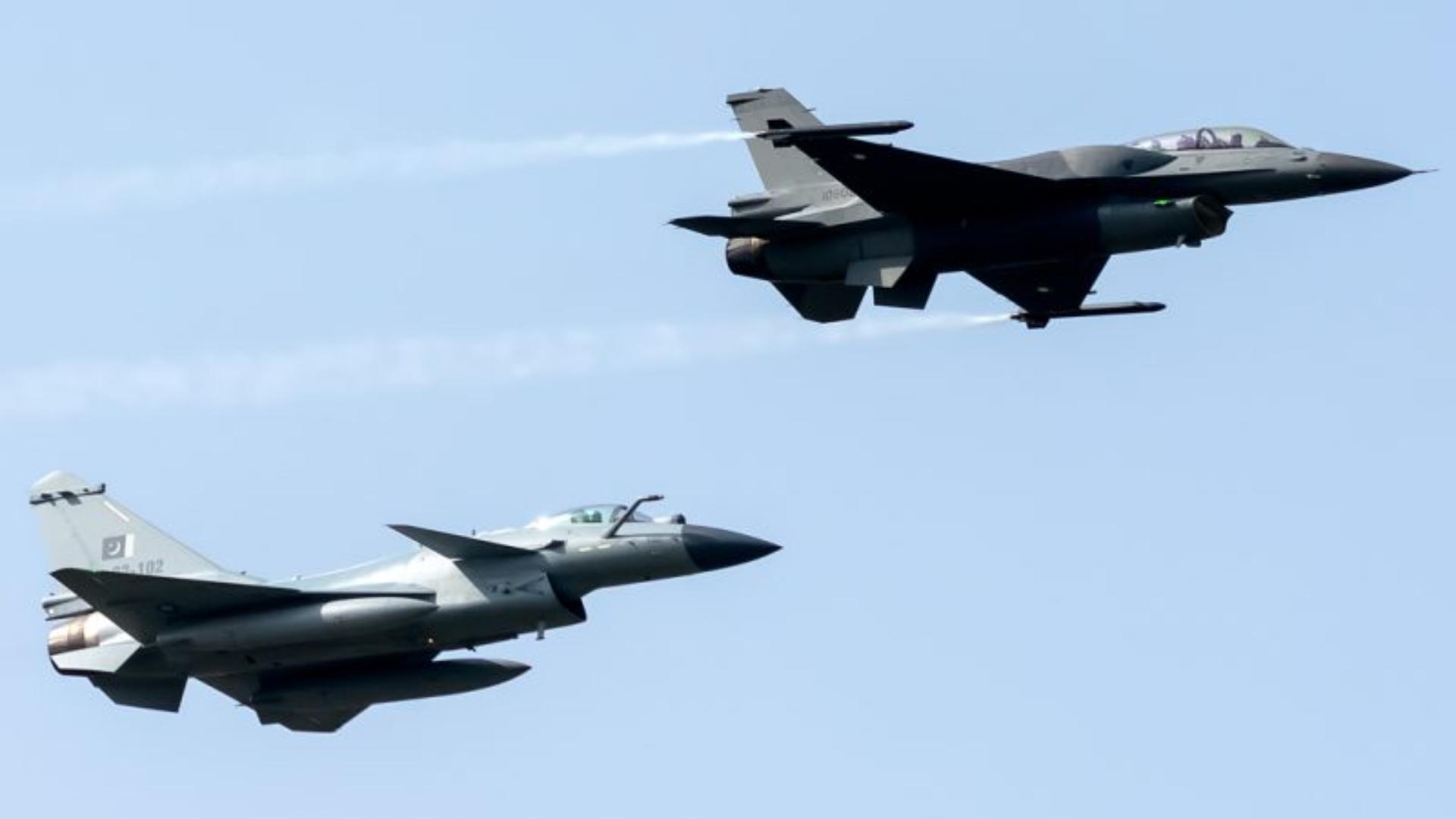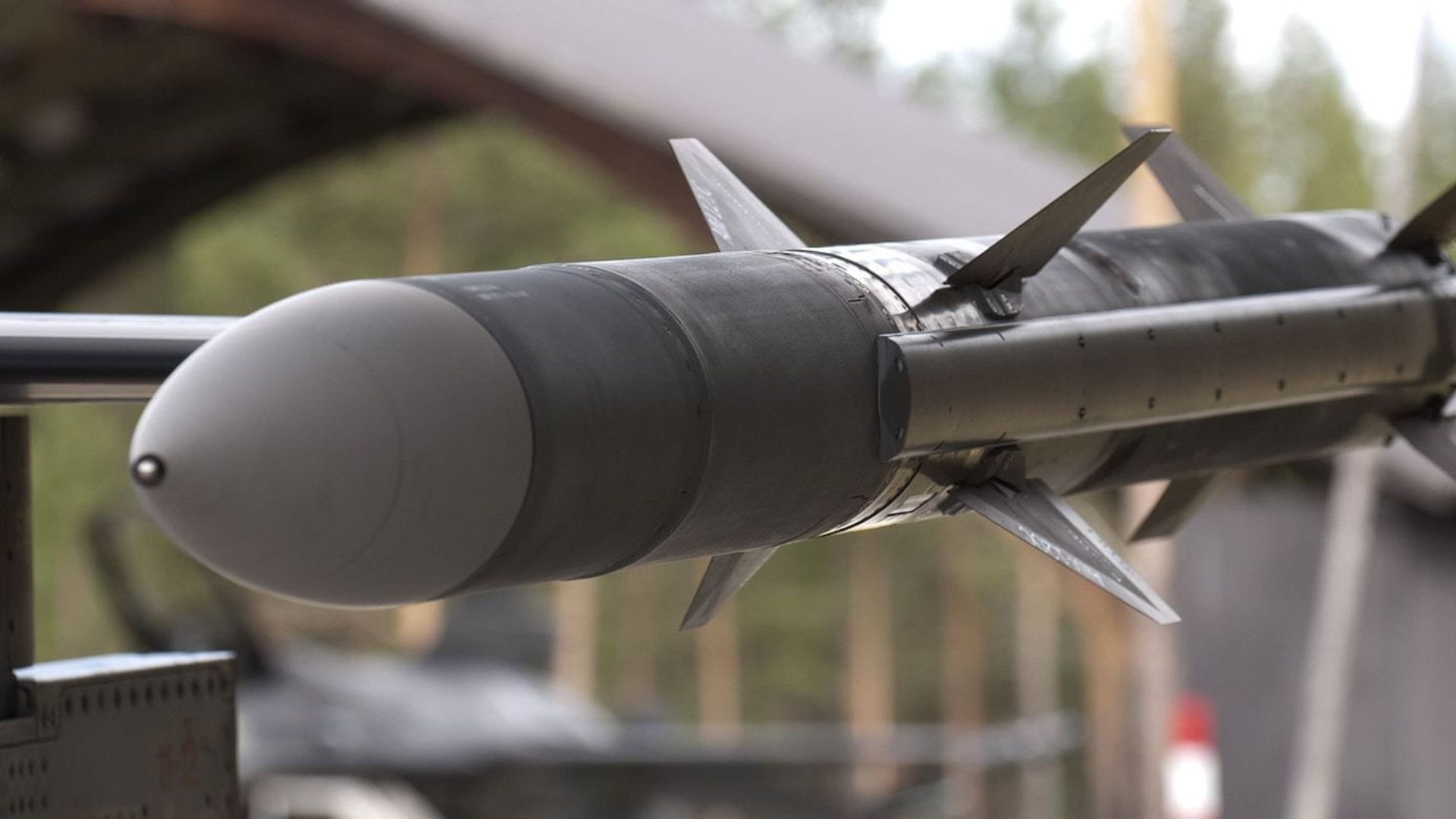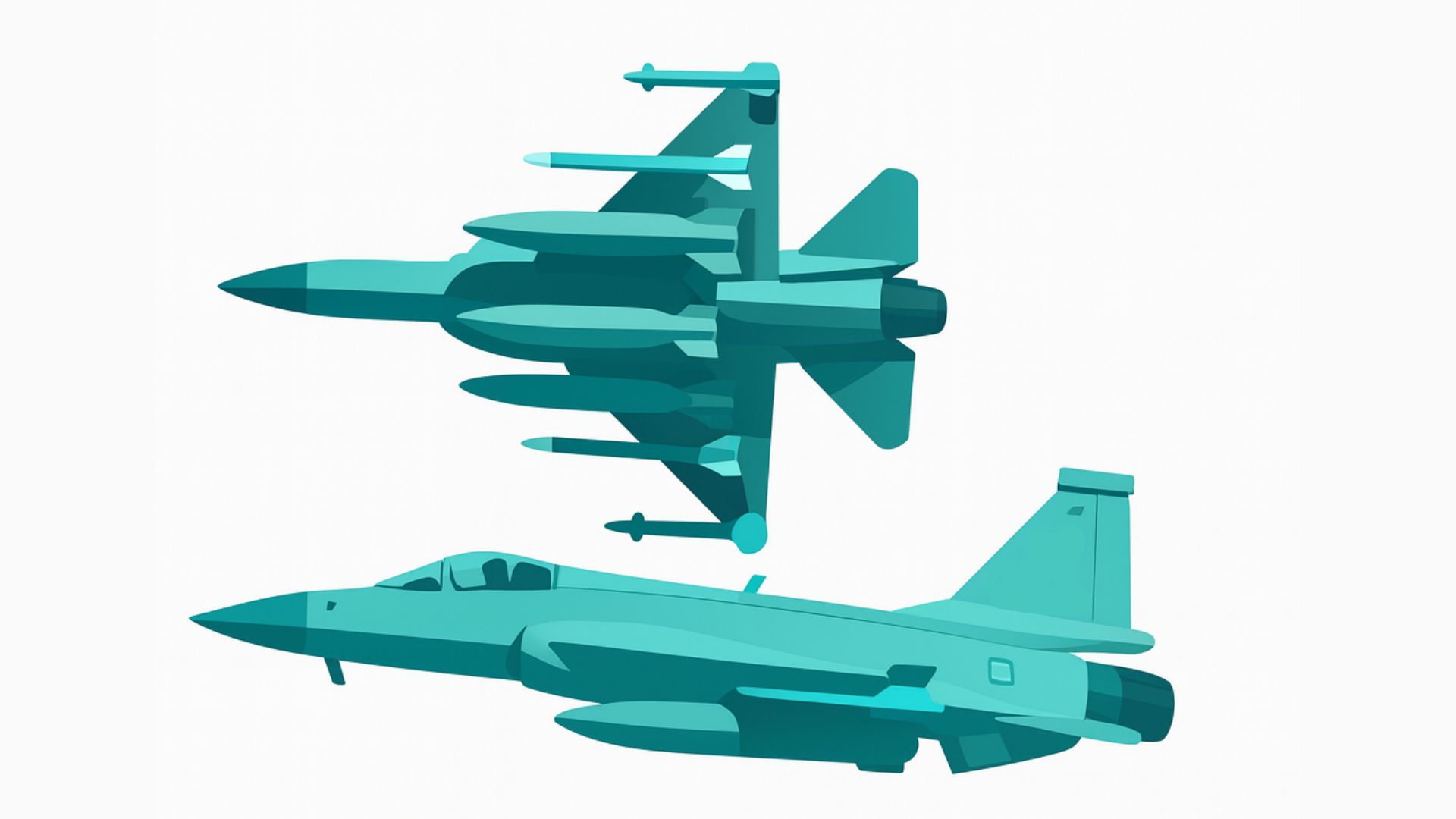The U.S. just cleared a $686M F-16 package for Pakistan. From Link-16 upgrades to the 2040 timeline, here is what the deal really means for the PAF.
Turkey’s Baykar is in talks with the Pakistan Air Force to set up a drone assembly plant in the country.
Pakistan signed an MoU with an undisclosed country for the sale of JF-17 Thunder fighter aircraft.
Why nations are suddenly scrambling for ‘disposable’ jets to survive the next great power conflict.
Pakistan’s new 4.5+ gen jets have a hidden training gap. The old methods are obsolete, and the cost of failure is high. Here’s the LIFT solution.
Pakistan’s survival in a future war won’t hinge on range, but reaction. A dense, responsive air defence network is what will keep its warfighting alive.
Before investing in stealth fighters, the PAF has a more urgent need: growing its fleet of J-10CE “workhorse” jets for critical combat mass and range.
The Pentagon corrected an earlier contract update to state that a $41.6M adjustment was made for the sustainment of existing AMRAAM stocks in Pakistan.
The PAF’s future strike doctrine is shifting from a platform-centric model to a munitions-first approach, prioritizing a full ecosystem to defeat advanced A2/AD.
How can Pakistan counter drone swarms designed to drain its missile stockpiles? High-powered microwave weapons may be the cost-effective answer.

